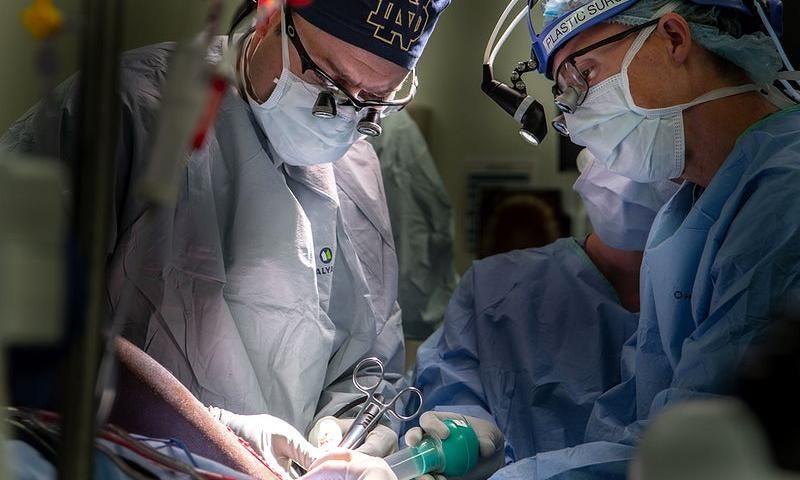New Delhi: Heart disease remains one of the most common causes of death worldwide, and the prevalence of conditions such as coronary artery disease helps to understand the problem. Around 2.87 million Indians died from cardiovascular diseases, accounting for nearly 30% of all deaths in the country. The issue with heart disease is being able to identify it before any problems come on, like chest pain, shortness of breath, or fatigue. With developments in medical imaging, this is beginning to change as we transition to a new generation of heart care.
In an interview with News9Live, Dr. Rajneesh Kapoor, Chairman, Interventional Cardiology, Cardiac Care, Medanta, Gurugram, explained how advanced imaging can help detect heart diseases before symptoms appear.
Innovation in Cardiac Imaging
- Coronary CT Angiography (CCTA): CCTA uses a CT scan with contrast dye to produce clear, 3D images of your coronary arteries. It’s non-invasive and can detect early plaque buildup, before it turns into a life-threatening blockage. Its value can be seen specifically in patients with unexplained chest pain or borderline test results.
- Calcium Score Test (CAC Scan): This scan is fast and painless, and it looks for calcium deposits in arteries, which can be an early indicator of heart disease. If the calcium score is high, the heart may be at risk even if there are no particular symptoms. This test is now encouraged by doctors even for people who have some risk factors like smoking, diabetes, or a family history of heart disease.
- Cardiac MRI: The cardiac MRI not only shows blockages as a plain CT scan, but it provides very detailed images of structure, movement, and injury or scarring of the heart. The MRI helps diagnose things like myocarditis or cardiomyopathies that may have gone undetected by other tests.
- Stress Echocardiography and Nuclear Imaging: These tests are performed to determine how the heart responds when it’s under pressure. These tests are particularly effective in detecting a lack of blood flow or mild dysfunction of the heart, especially in patients (often women) who don’t always present with clear symptoms of a heart problem.
A More Comprehensive Approach to Heart Health
Through these advanced imaging methods, we get a more complete picture of heart health, enabling clinicians to identify those at risk and develop appropriate treatments. If we find heart disease early, we can go from treating symptoms to preventing life-threatening events.
The Future of Cardiac Care
Heart care is evolving toward earlier detection and customised treatment, and advanced imaging will play a vital role in that future. By allowing a doctor to identify a problem before a patient even experiences a symptom, advanced imaging can eliminate or reduce the chances of serious heart events and improve patient outcomes for millions of people. As the pathways to advanced imaging, we move closer to a day when heart attacks and other cardiac events are a matter of prevention.
